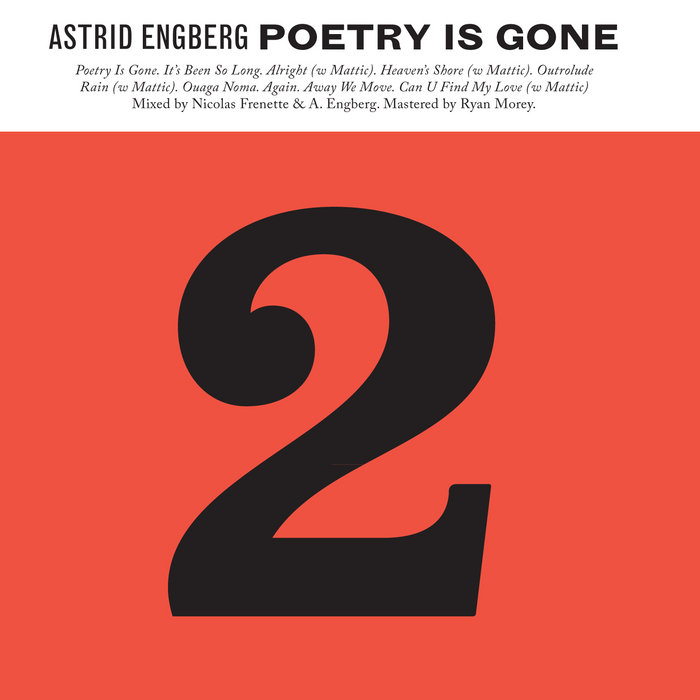
Poetry Is Gone – Astrid Engberg
this blog is GROOVY – check out great Soul, Funk, Jazz, Hip Hop, Bass, Breaks , Reggae, House n many more TUNES
Hey there, music lovers! If you’ve ever had your heart skip a beat to some groovy basslines and slick beats, then pull up a chair because we’re diving into the funky world of matttic music. That’s right—today we’re vibing through its history, exploring its roots, and having some laughs along the way. So grab your shades and let’s get started!
Before we go any further, what the heck is mattic? Well, my friend, it’s a term that blends different elements from various genres like hip-hop, funk, soul, and even jazz. Think of it as a musical smoothie where every ingredient contributes to this funky concoction that makes you wanna bob your head. It’s like someone took all those delicious flavors and put them in one cool blender.
The matttic scene began bubbling up in urban centers during the late 20th century. Picture artists sifting through crates of vinyl records while surrounded by an aura of creativity. It was all about blending old-school vibes with fresh sounds—the perfect recipe for something new yet nostalgic.
Speaking about nostalgia: do you remember how mixtapes ruled our hearts back in the day? Yeah! Those cassette tapes filled with everything from Queen to Run-D.M.C., laid down before Spotify even dared to exist.
Let’s rewind back to where it all began—the funk era! Artists like James Brown were dishing out grooves so infectious that people couldn’t help but dance (or at least try!). That raw energy brought life not just to clubs but also inspired future musicians across generations.
And then bam! Enter hip-hop in the ’70s with pioneers like DJ Kool Herc spinning records at block parties in New York City. He blended breakbeats with snippets from his favorite tunes—a technique that would eventually morph into what we call sampling today.
Fast forward a couple decades: mix those funky rhythms together with smooth jazz harmonies and lyrical storytelling—and voila! You have matttic music blossoming all over again!
When exploring this genre’s tapestry woven by various talents over time—many characters pop out like confetti on New Year’s Eve!
A Tribe Called Quest: This iconic group sprinkled their jazzy riffs over hip-hop beats while making sure listeners kept nodding their heads along.
D’Angelo: Known for his sultry voice and incredible stage presence; he made an entire generation swoon—all thanks to his “Brown Sugar” album!
J Dilla: An absolute wizard behind the boards whose innovative production style redefined what could be done within this eclectic space.
These legends helped shape matttic’s landscape into something utterly unique!
Now it’s time for some chuckles amidst our groove-filled journey:
James Brown almost became an astronaut: Yep! True story—he famously expressed interest in joining NASA once upon a time but decided he’d rather “get down” here on Earth instead.
D’Angelo’s infamous live shows: When he first hit big-time fame back when “Voodoo” dropped; fans sometimes saw him take off his shirt mid-performance—not because it was hot—but simply ‘cause he felt like adding extra flair!
Q-Tip’s unique style: Ever notice Q-Tip’s crazy hats? Rumor has it he keeps most of them because they’re great ice-breakers at parties (and obviously look super fly!).
Funky Bass Player Snafu: There once was an unnamed bassist who forgot how many strings were on their instrument while jamming during a major gig… they used only three for half a concert until someone finally whispered sweetly “uhh… dude…”
As we shimmy into present times—matttics’ influence continues oozing through modern artists who are fearless innovators themselves! From Billie Eilish mixing electronica sounds sprinkled with jazzy undertones or Anderson .Paak tapping those creative juices—it seems everyone wants sway beneath these shiny stars born from such rich musical heritage!
What’s more? The rise of platforms like SoundCloud has opened doors wide enough for aspiring musicians everywhere—which means there’s boundless potential waiting just outside our doorsteps!
So next time you’re blasting your playlists or breaking out moves on TikTok; think about all those beautiful souls who shaped this vibrant tapestry called matttics. Who knows—you might find yourself feeling inspired too!
There you have it folks—a groovy dive into matttics’ journey throughout history filled with colorful tales plus amusing quirks thrown in just for fun! Remember to keep jamming & laughing as music evolves around us day after day—it brings joy beyond words can express.
Until next time stay fabulous & keep dancing away under neon lights ✨🎶

Poetry Is Gone – Astrid Engberg